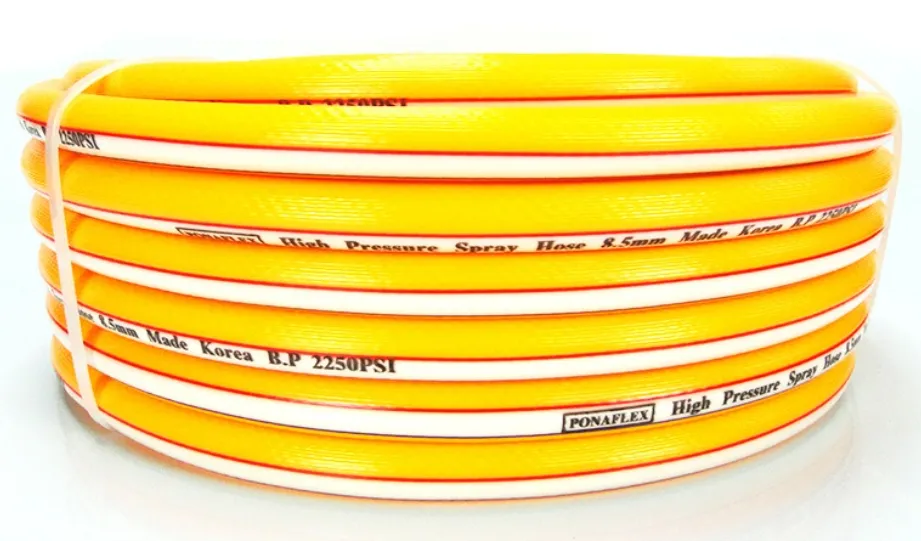Optimizing Your Hose Transfers for Efficiency and Performance
The Importance of Transfer Hoses in Fluid Management
In various industries, the effective transportation of fluids is critical for operations ranging from manufacturing and construction to chemical processing and food production. One of the essential tools in this process is the transfer hose, a versatile piece of equipment designed to safely convey liquids and gases from one point to another. With an array of materials, designs, and specifications available, understanding the importance of transfer hoses can help businesses optimize their fluid management processes.
What is a Transfer Hose?
A transfer hose is a flexible tube specifically engineered to transport fluids, including water, oil, chemicals, and granulated substances, from storage tanks, pumps, or manufacturing equipment. Unlike rigid piping systems, transfer hoses allow for greater mobility and adaptability, making them ideal for applications where fixed installations are impractical. They are often constructed from various materials, including rubber, PVC, polyurethane, and metal, each chosen based on the specific needs of the application.
Key Features of Transfer Hoses
When selecting a transfer hose, several features should be considered to ensure optimal performance and safety
1. Material Compatibility The hose material must be compatible with the fluids being transferred. For example, a transfer hose designed for chemical applications might require a reinforced structure to withstand corrosive substances, while food-grade hoses need to meet strict hygiene regulations.
2. Pressure and Temperature Ratings Different applications exert varying levels of pressure and temperature on hoses. Transfer hoses must be rated for their intended service conditions to prevent failure and ensure safety.
3. Diameter and Length The diameter of the hose affects flow rate; a larger diameter can facilitate the transport of more fluid. The hose length also plays a critical role in determining the efficiency of fluid transfer.
transfer hose

4. Flexibility and Durability For ease of use, transfer hoses must maintain flexibility to navigate tight spaces while being robust enough to resist wear and tear over time.
Applications of Transfer Hoses
Transfer hoses are utilized across numerous industries. In the oil and gas sector, they play a vital role in moving crude oil or refined products between tankers, storage facilities, and processing plants. The agricultural industry uses transfer hoses for irrigation systems, delivering water or fertilizers to crops efficiently.
In food processing, compliance with health regulations is paramount. As such, food-grade transfer hoses are specifically designed to transport edible liquids and must be manufactured from non-toxic materials, ensuring that they do not contaminate products.
Safety Considerations
While transfer hoses are integral to fluid management, safety is a significant concern. Hoses can be prone to wear and tear, which can lead to leaks or bursts if not properly maintained. Regular inspections and proper storage practices are essential to prolonging the life of a transfer hose and ensuring safe operations.
Employing proper coupling and connection methods is also crucial to avert accidents during fluid transfer. Various types of fittings and couplings are available, and selecting the correct type will help maintain a secure connection between hoses and equipment.
Conclusion
In summary, transfer hoses are a fundamental component of fluid management in various industries. Their adaptability, coupled with the right selection and maintenance practices, can lead to enhanced operational efficiency and safety. As businesses continue to seek ways to streamline processes and ensure compliance, the role of transfer hoses will undoubtedly remain vital in the ever-evolving landscape of industrial operations.
-
Top Quality Oxy Acetylene Hoses for Sale Fit for Welding DemandsNewsJul.28,2025
-
The Future of Pneumatic Air Tubes in IndustryNewsJul.28,2025
-
Superior and Reliable LPG Hose Pipe Solutions for Every NeedNewsJul.28,2025
-
Exceptionally Durable and Versatile Premium Braided PVC TubingNewsJul.28,2025
-
Best Adapters for Connecting Garden Hose to PVC Pipe ConnectionsNewsJul.28,2025
-
The Essential Role of LPG Hoses in Safe and Efficient Gas DistributionNewsJul.16,2025














